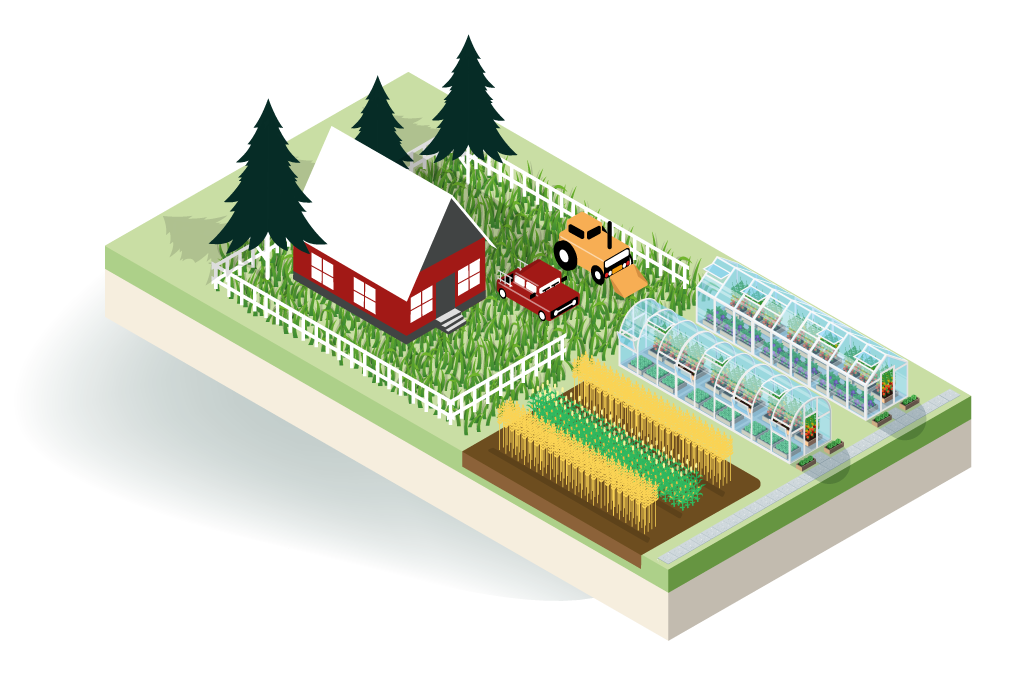Environmental monitoring plays a pivotal role in safeguarding our planet by closely examining and evaluating data samples from our surroundings. This process is essential for assessing the quality of our environment and gaining insights into how human activities affect it. The primary realms of focus in environmental monitoring encompass soil, atmosphere, and water, and they serve as vital indicators of the overall health of our ecosystems.
In the quest for effective environmental monitoring, an integrated system that combines cutting-edge sensors, data acquisition, analysis tools, and comprehensive management strategies is typically deployed. This system harnesses the power of various technologies, including climate data loggers, building deterioration monitors, life transfer systems, smart management systems, and waste disposal solutions. These components work harmoniously to facilitate the collection and analysis of a wide array of critical measurements, such as wind speed, humidity, temperature, dew and frost points, noise levels, differential pressure, flow rate, lux levels, and CO2 concentrations.



